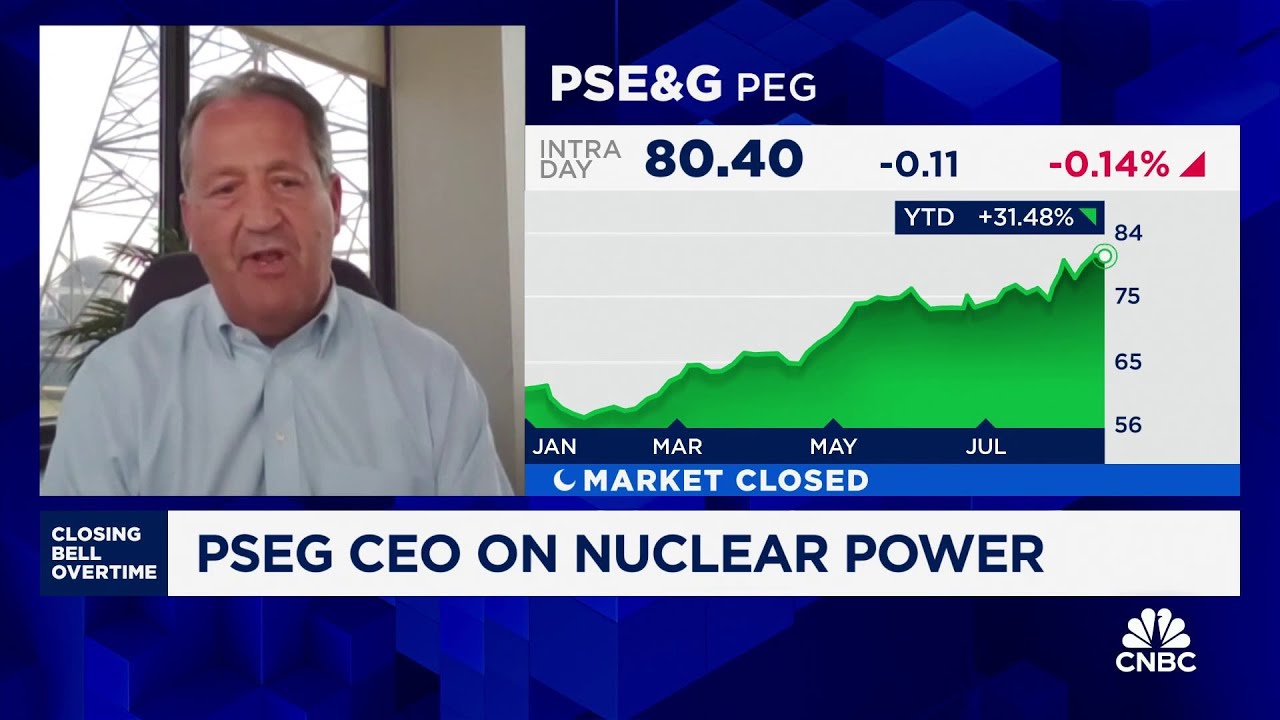PSEG CEO Ralph Larossa highlighted the increasing energy demand in New Jersey driven by the growth of AI and data centers, emphasizing the need for a resilient grid and ongoing infrastructure investments. He also discussed the impact of the Inflation Reduction Act on the nuclear sector and addressed rising utility costs, assuring that PSEG aims to balance energy demands with cost management for consumers.
In a recent interview, PSEG CEO Ralph Larossa discussed the rising demand for energy in New Jersey, particularly driven by the growth of artificial intelligence (AI) and data centers. He noted that the state has seen approximately 800 megawatts of new data centers come online in the past couple of years, indicating a significant uptick in energy needs. Larossa emphasized that the state’s economic development initiatives, particularly under Governor Murphy, are focused on fostering AI-related jobs, which in turn necessitate robust infrastructure and energy supply.
Larossa addressed the economics of nuclear energy, acknowledging its historical reputation for being expensive and time-consuming to develop. However, he pointed out that PSEG is not focused on building new reactors but is committed to operating its existing three reactors safely and efficiently. He mentioned discussions about potentially hosting a small modular reactor (SMR) but clarified that such capital investments would not align with shareholder expectations.
The CEO highlighted the importance of a resilient grid to meet future energy demands, especially with the anticipated increase in electric vehicles and home electrification. He explained that PSEG has made significant investments in its transmission system over the past two decades, particularly following the 2003 blackout and Superstorm Sandy. Currently, the company has a generation capacity that exceeds the required reserves, but ongoing investments in infrastructure will be necessary to accommodate future growth.
Larossa also discussed the impact of the Inflation Reduction Act (IRA) on PSEG’s operations, describing it as crucial for providing stability in the nuclear sector. He noted that without federal support, the company might have faced closures of its plants in the past. The IRA has enabled PSEG to invest in increasing the capacity of its existing reactors and to enhance their operational efficiency, ultimately contributing more power to the grid.
Finally, the conversation touched on the rising utility costs faced by consumers. Larossa acknowledged that while utility costs have increased, PSEG has managed to keep the average utility expense for households relatively stable over the past 20 years. He mentioned that the company is currently undergoing a rate case, its first in six years, which proposes a modest increase in distribution costs. Overall, Larossa expressed confidence in PSEG’s ability to balance energy demands with cost management for consumers.
